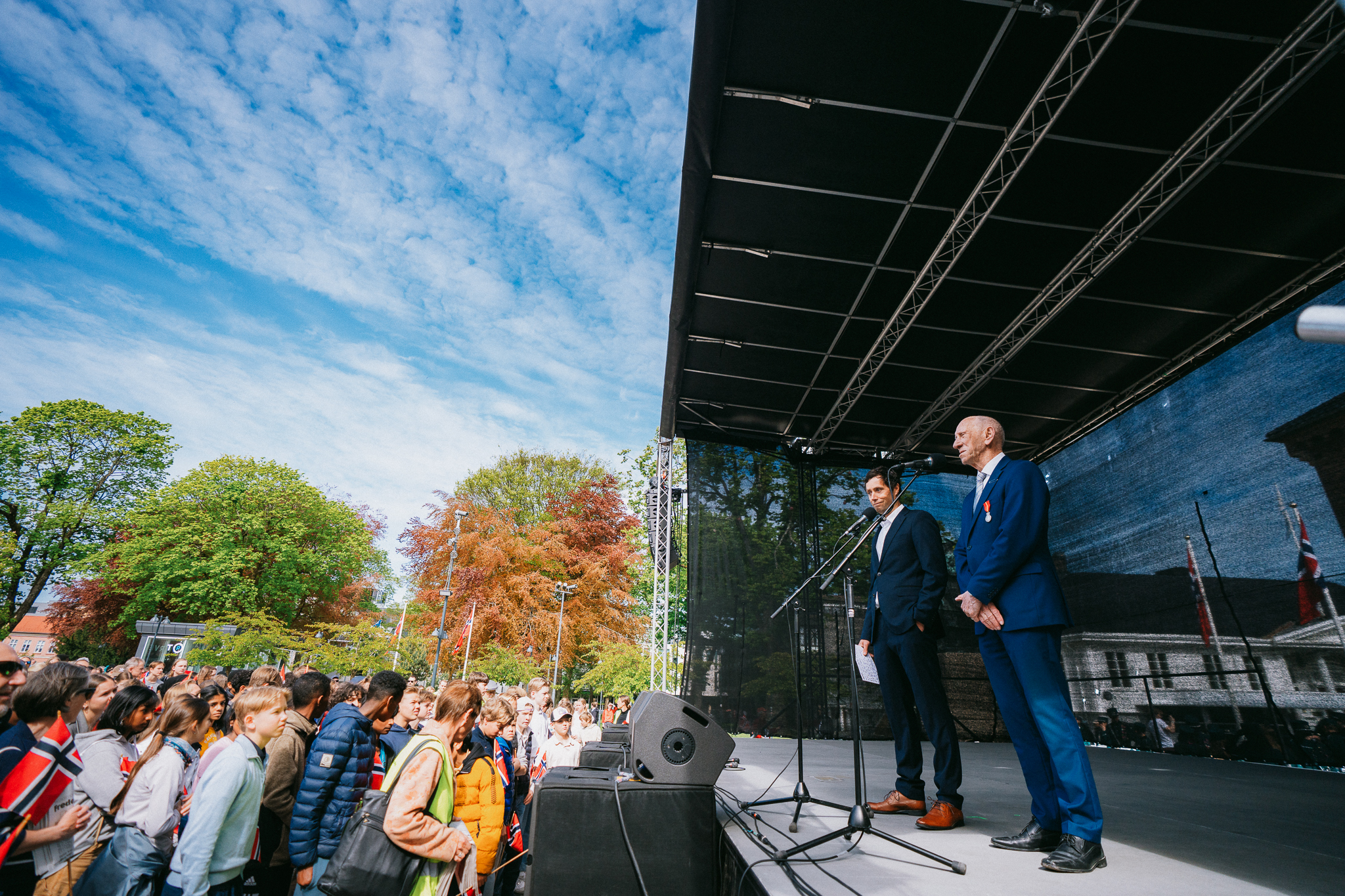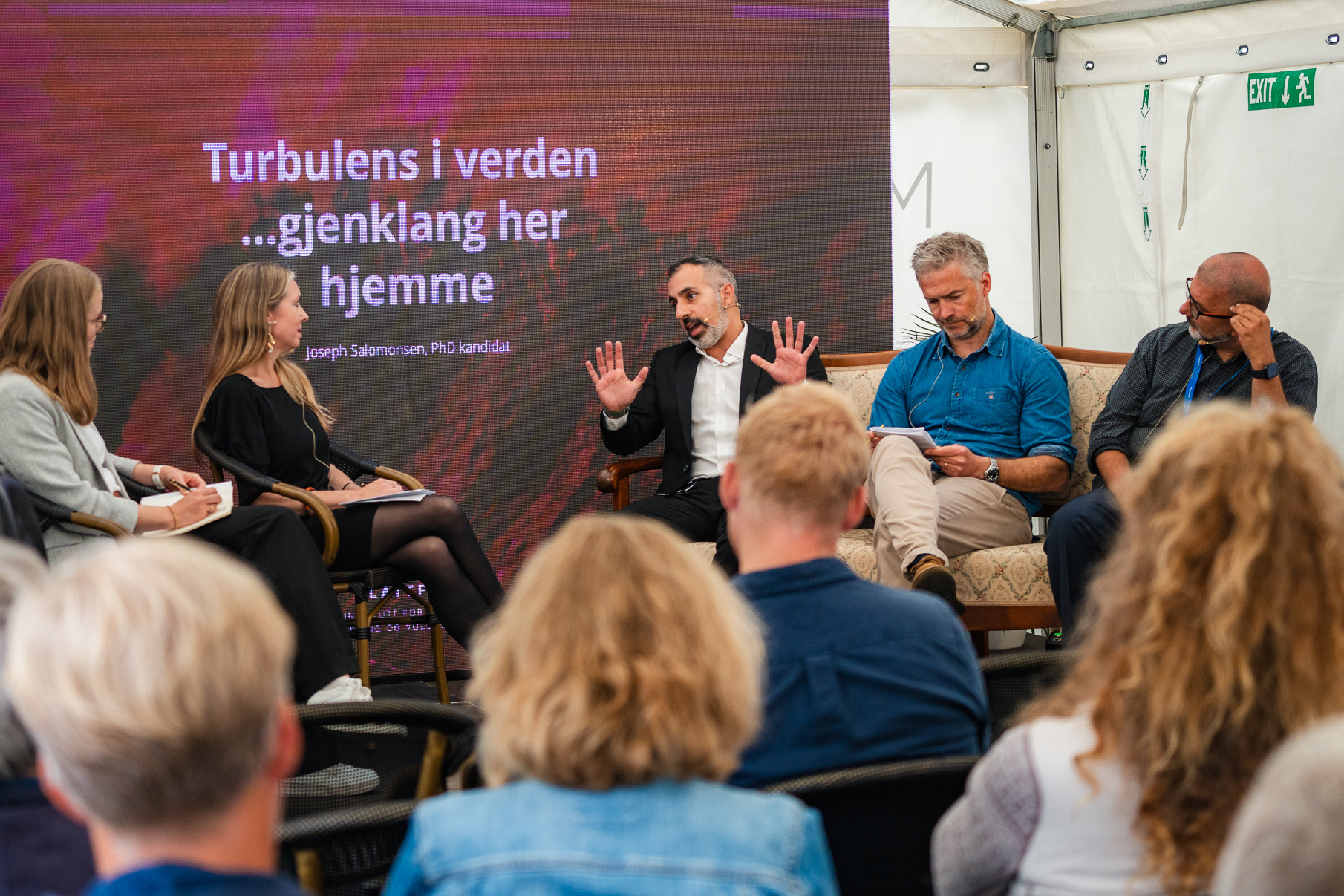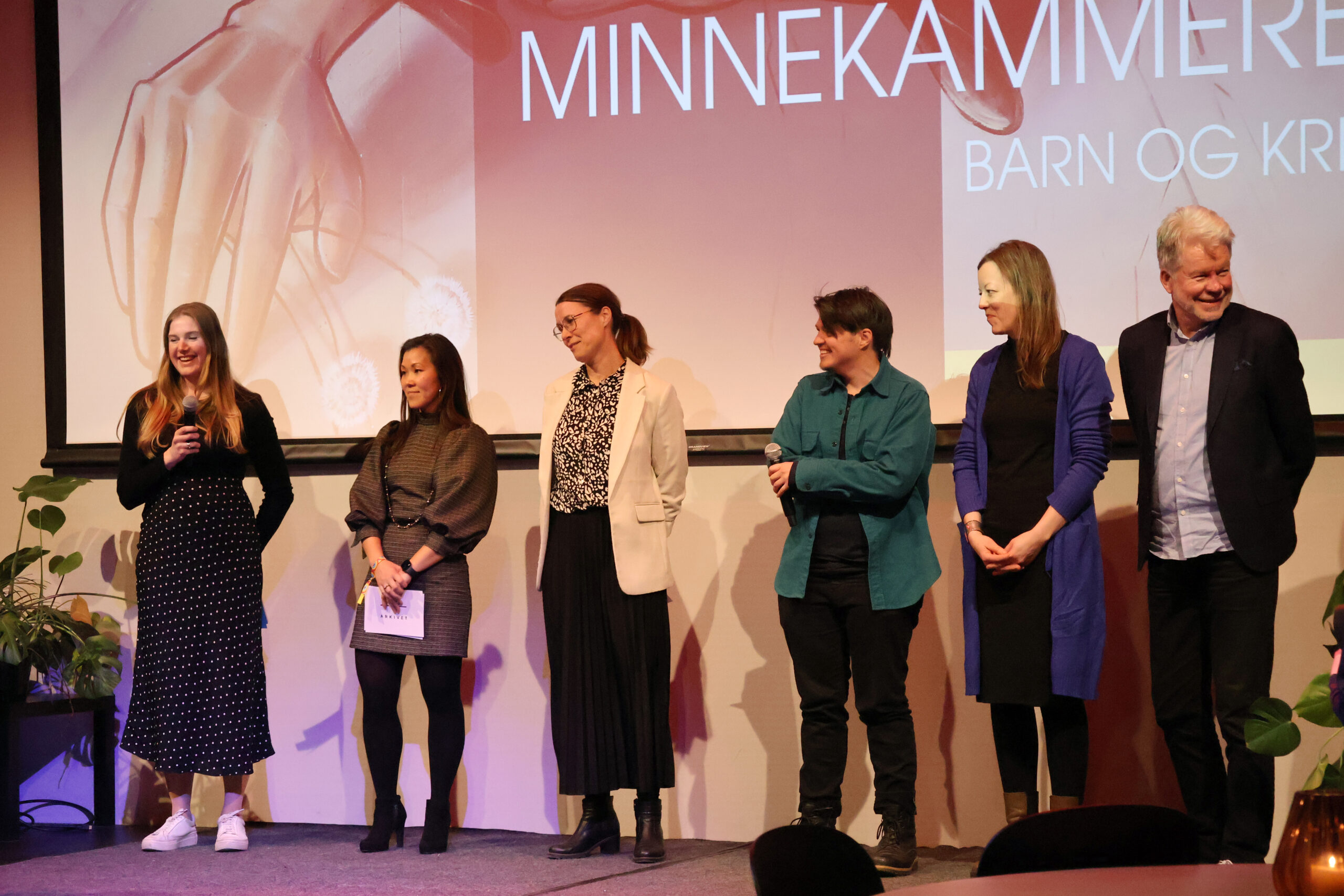Aktuelt – alle saker
-

Over 10 000 barn og unge på undervisning i 2025
I det 2025 nærmer seg slutten, kan teamet i Læringsarena se tilbake på et innholdsrikt…
-

Ledig stilling: Leder for nyopprettet nasjonalt senter
Vil du være med på å forme Norges innsats mot radikalisering og voldelig ekstremisme? Nasjonalt…
-

Varm mottakelse av nyskapende utstilling om barn og krig
Torsdag 20. november, på Verdens barnedag, var det offisiell åpning av ARKIVETs nye utstilling om…
-

Nytt nasjonalt ekstremismesenter legges til Kristiansand
Fredag 22. august ble det klart at et nytt nasjonalt senter for innsats mot radikalisering…
-

Ledig stilling: Formidler av krigsseilerhistorie, vikariat 10 mnd. (mulighet for 12 mnd.)
Norsk senter for krigsseilerhistorie (NSK) ved ARKIVET freds- og menneskerettighetssenter søker etter en ny kollega…
-

Afghanistans første kvinnelige graffitikunstner med kunstverk til ny utstilling
I slutten av august hadde ARKIVET freds- og menneskerettighetssenter besøk av den anerkjente graffitikunstneren Shamsia…
-

Krigsseilernes reiser kartlagt og visualisert
En ny funksjon på Krigsseilerregisteret.no gjør det nå mulig å følge reisene til rundt 60…
-

Ledig stilling: Kommunikasjonssjef
Vil du være med på å utvikle et av landets åtte freds- og menneskerettighetssentre i…
-

Call for papers: Historieseminar om transport av fanger under andre verdenskrig
Norsk digitalt fangearkiv (Fanger.no) arrangerer historieseminar om transport av fanger under andre verdenskrig ved Arkivverket…
-

Sommeråpent i utstillingene fra juli
Tirsdag 1. juli utvider vi åpningstidene våre. I perioden frem til 17. august, holder vi…
-

Stor satsing på demokratisk engasjement
Demokratiuka 2.-8. mai ble i går avsluttet med tradisjonell markering av frigjøringsdagen. ARKIVET har gjennom…
-

Ledig stilling: Leder for teamet Læringsarena og Plattform
Vil du være med på å utvikle et av landets åtte freds- og menneskerettighetssentre i…
